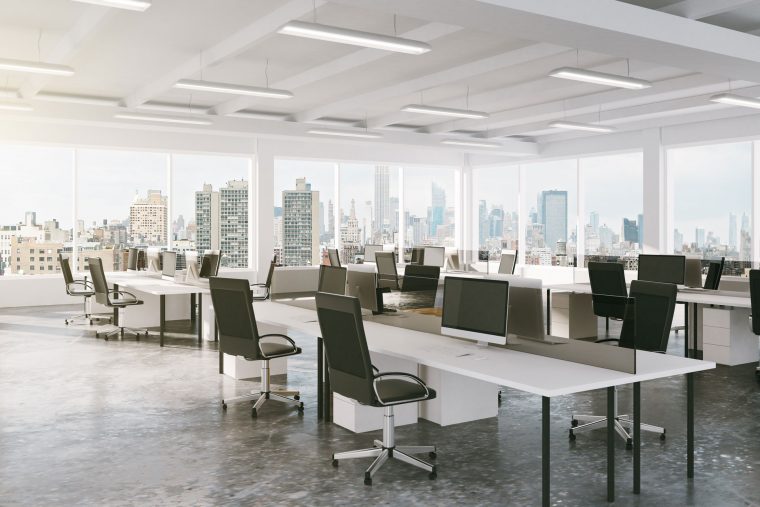These days, the cubicle doesn’t enjoy a happy reputation in the office. Design websites often use words such as grey and drab whenever they talk about the space, and give all kinds of advice on how to make it ‘better’. The perception against cubicles is now so bad that offices are going back to the open format that cubicles tried to save people from decades ago.
Problems with Being Open
The cubicle turns 47 this year, which is as good a reason as any to look back on its origins, and remember why it became a staple in offices around the world. It all began with the American designer Robert Propst back in the 1960s. Back then, the open office was the only thing people saw in business districts around the world. The reason for it was that managers wanted to create an egalitarian environment that softened hierarchy, and encouraged collaboration.
Propst called the set-up a ‘wasteland’ that ‘saps vitality, blocks talent, frustrates accomplishment.’ The biggest problem many people had with the open space setup was that there were too many visual and aural distractions. People unaccustomed to the open spaces were easily put-off by the constant noise of typing and co-workers moving around.
Likewise, the set-up did very little against the power of the hierarchy. Managers allotted more space for themselves, and craftily used furniture such as plants and couches to give themselves a semblance of privacy the employees didn’t have. Propst hated the idea that something that was supposed to eliminate inequality only made it more obvious.
Birth of the Cubicle
In order to address the obvious flaws of the open system, Propst came up with a proposal of using a flexible three-walled design that people can move to fit any need. Propst had a vision of an office wherein employees stood as much as they sat – thus the high cabinets – and one that promoted ‘meaningful traffic’ between employees. The cubicle was also a place of true privacy where anyone can work in peace.
The cubicle was named the most successful design in the last 25 years by the World Design Conference in 1985. The problem with cubicles isn’t the furniture, but the people using them. If you want an office that successfully balances employee privacy and productivity, contact us today. We appreciate Propst’s vision with the cubicle, and do our best to honour his memory by giving our clients the best offices they’ve ever worked in.

